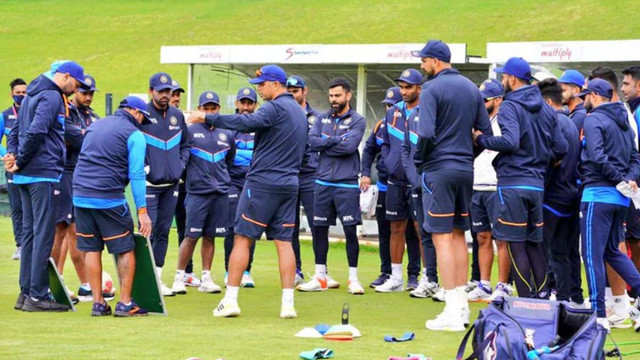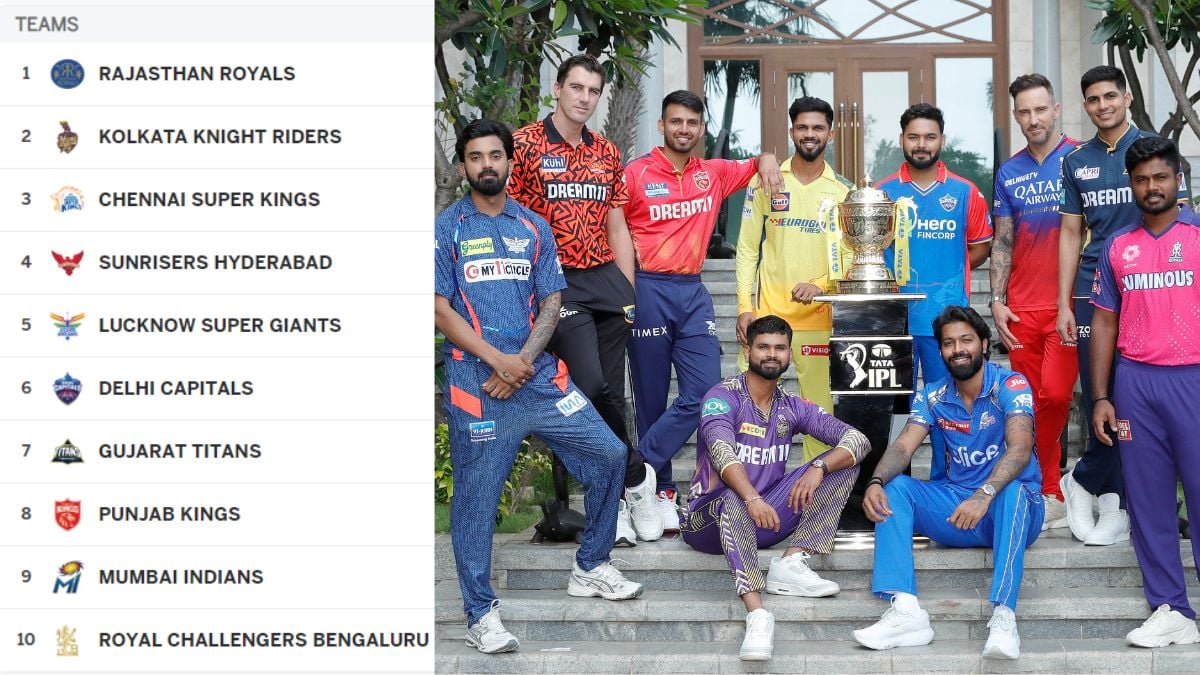Akash Deep Cricket Fitness : In cricket, like any other sport, the fitness of players is paramount, as it enables them to keep themselves fully fit. It is what keeps them ahead in the game. To excel in the sport, a player must possess strength, endurance, agility, speed, flexibility, and mental toughness. In this article, we delve deep into understanding the training of players today.
Fitness in Cricket

As we discussed earlier, just like any other sport, it’s crucial for players in cricket to be fully fit in order to excel, and the player whose fitness level is exceptional tends to stay ahead in this game as well. For example, you can observe players like Virat Kohli and Ben Stokes.
Also Read This: Women’s Cricket on the Rise: A Look at Recent Milestones
Training Regimens
In players’ training regimes, various types of training are included. This includes strength training, endurance training, agility and speed training, flexibility and mobility training, core strength, skill-specific training, mental conditioning, nutrition and recovery, monitoring and assessment – everything is included.
Strength Training: When it comes to the fitness and training of players, the first thing that comes into play is strength training, which forms the foundation of any player’s fitness regimen. Through this, players work on increasing muscle strength and power. Strength training includes exercises such as squats, deadlifts, bench presses, and pull-ups. Additionally, cricketers also focus on functional strength exercises, meaning they work on their batting, bowling, and fielding techniques.
Endurance Training :This is also included in high-intensity training because players train themselves to their fullest capacity. In simple terms, players train with their full strength. To significantly increase their endurance, players engage in high-intensity endurance training. This includes activities such as running, cycling, swimming, etc. They also incorporate interval training, which alternates between bursts of high-intensity activity and periods of rest.
Agility and Speed Training: Like every training, agility and speed training also aims to fully prepare players and get them ready to perform in this sport. Through this practice, players improve their reaction time, footwork, and ability to change direction. This training includes ladder drills, cone drills, shuttle runs, and plyometric exercises. With these, players prepare themselves to swiftly run between wickets during matches. Additionally, this training is considered beneficial for producing remarkable feats during fielding on the field.
Injury prevention
Part of players’ training also involves preventing themselves from injuries. Flexibility and agility are essential both for preventing injuries and maximizing performance on the field. To maintain flexibility and agility in their muscles and joints, players engage in exercises such as stretching, yoga, and foam rolling. Additionally, during matches, players continuously warm up to ensure proper blood flow and to loosen up all muscles. That’s why you often see a bowler doing some exercises before bowling or a batsman doing some stretching before coming to bat.
Alongside, medical staff and coaches also keep an eye on players and work towards preventing injuries. Not only that, but every team also has a strength and conditioning coach who works on strengthening the players’ core. That is, they focus on strengthening the muscles of the lower body and shoulders, which are more prone to risks. To prevent injuries, players also engage in functional exercises, plyometrics, balance drills, and proprioception exercises. This can significantly reduce the risk of injuries to knees, hips, and shoulders.
Fitness Routines
Every player follows a strict timetable to maintain their fitness, and those who don’t adhere to a strict routine cannot achieve the level of fitness required. Players fix their routines from meal times to bedtime. In any team, all these things are fixed so that players know when they need to practice and when they need to rest.
Recovery strategies
Recovering doesn’t take much time for any player because compared to an average person, a player’s endurance is significantly higher. Players work hard to recover quickly and also spend a lot of time in rehabilitation centers. Additionally, players maintain a balanced diet to meet their energy and nutritional needs. They prioritize strategies for recovery such as hydration, sleep, massage, and ice baths to effectively recover from all training sessions and matches.
Additionally, coaches and sports staffs continuously monitor players and they engage in various exercises for recovery from injuries. During intervals between matches, players also take adequate rest, which aids in recovery. Almost all teams have their own masseurs who help them in quick recovery.
Player Training
Alongside maintaining their fitness, every player also focuses on improving their performance in their respective sport, for which they undergo various types of training. For example, a bowler consistently bowls numerous overs in the nets and tries to improve their pace and line length. Similarly, batsmen work on their batting skills in the nets to prepare themselves for the upcoming matches. Along with this, they also do many fielding drills.
Also Read This: IND vs ENG – Exciting Start to Dharamshala Test: India Dominates England on Day One



